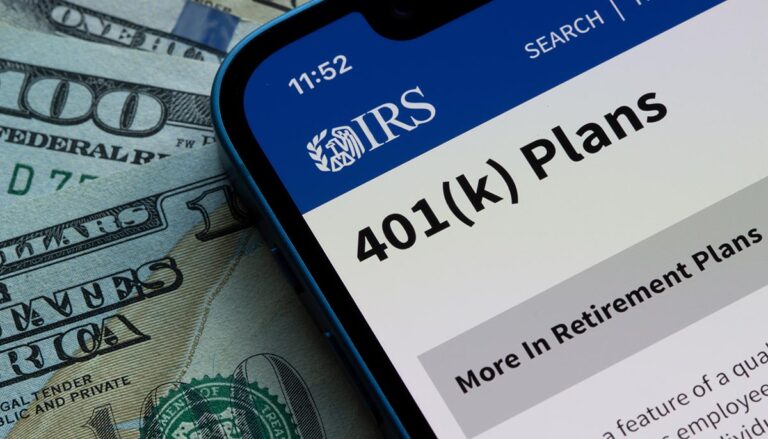As the tax deadline of April 18 approaches, there is still one move you can make that can greatly reduce your taxable income, potentially saving you thousands while also providing for your retirement. This is GENIUS!
Try this last-minute tax trick to potentially save thousands in taxes
There is one move anyone can make, and it has the potential to reduce what you pay in taxes by thousands of dollars, and you can do it right up until the filing deadline of April 18.
In essence, you are reducing the amount of income you made for the tax year by shifting money into a nontaxable IRA or 401(k). For example, any money you move into one of these accounts up until April 18, 2023, will count toward your 2022 tax year.
This move is achieving a double whammy for you. First, you reduce your income, thus, owe less taxes. Second, you are avoiding paying any taxes for now on the money you transfer into an IRA or 401(k). (More on why this is an advantage, to be explained later).
How it works
Naturally, this will only work for people who have enough money saved to put some additional cash into a tax-deferred IRA or 401(k). If you already have one of these accounts, you can simply move the money into it. Otherwise, you’ll need to set up a new account.
First, it is important to understand that there are two different types of IRA and 401(k) accounts: Tax-deferred and tax-exempt. Tax-exempt are those where you pay the taxes upfront. If you’re trying to avoid paying taxes now, those aren’t what you want.
The advantage of a tax-deferred account. If you are trying to save money on taxes now, you want to put your money into a “tax-deferred” IRA or 401(k). This means you will pay taxes on this money later. The idea behind this is that you won’t be withdrawing money out of this retirement account until you actually quit working and retire. At that time, if your income is lower than it was during your working years, you are likely to pay less in taxes because you have less income. Therefore, the money you put in today will be taxed less in the future.
Understanding IRAs & Solo 401(k)
IRA stands for “individual retirement account,” and it is a type of tax-deferred savings plan.
There are a few types of IRAs and 401(k)s that will do the trick:
Traditional IRA: Allows anyone meeting the income requirements to contribute pre-tax dollars, which can grow tax-deferred until age 59 1/2 or later. Contributions are tax-deductible. The contribution limit for the 2022 tax year is $6,000 for savers under 50 years of age and $6,500 in 2023. For those aged 50 and above, they are allowed an additional $1,000 catch-up contribution, which makes a total of $7,000 in 2022 and $7,500 in 2023.
SEP IRA: Stands for “simplified employee pension” that an employer or self-employed person can’t establish. This account receives a tax deduction for contributions that are not pre-taxed. The income is only taxed with withdrawals. Contributions made by employers cannot exceed the lesser of 25% of an employee’s compensation, or $66,000 in 2023 (up from $61,000 in 2022). The 2023 eligible compensation limit is $330,000 in 2023. Withdrawals before age 59 1/2 are taxed an additional 10%, while withdrawals at that age and higher are taxed in the year received. Contributions and earnings may be rolled over tax-free to other IRAs and retirement plans.
Solo 401(k): Good for individuals, the self-employed, and small business owners, as a traditional 401(k) can only go through an employer. Allows for the deduction of plan contributions up to 25 percent of eligible compensation. For 2022, the limit is $20,500 (increasing to $22,500 for 2023), plus an additional catch-up of $6,500 for people aged 50 or over (increasing to $7,500 for 2023).





